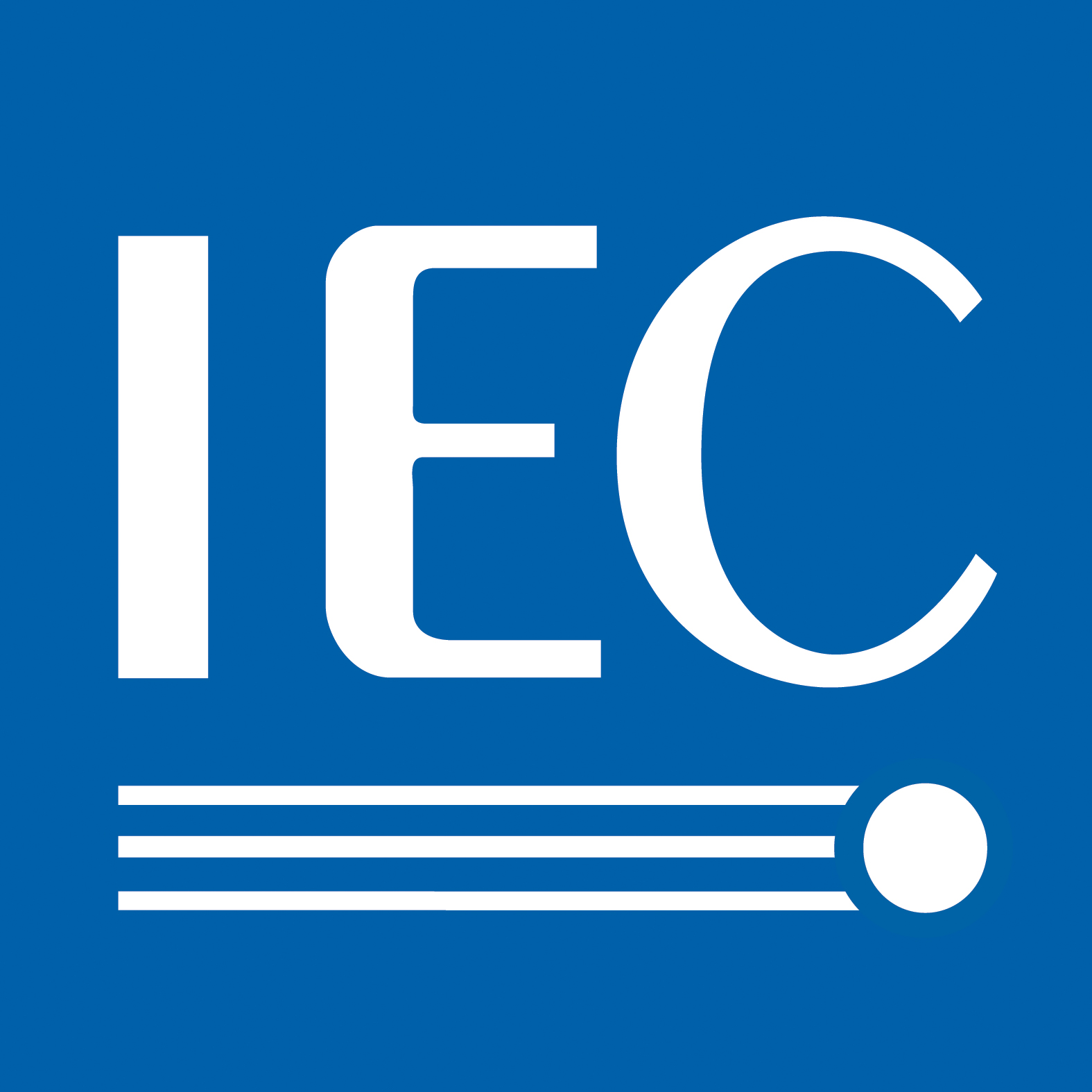A major problem facing cities, which is bound to worsen in the future, lies with obstacles to mobility as more people have to commute to and from work over long distances.
Smart mobility
Smart mobility systems and the wider introduction of EVs offer solutions to this problem, says Morand Fachot, IEC’s technical writer.
Smart mobility systems may include driverless electric-powered vehicles running on dedicated guideways, as found in some airports and in Masdar City near Abu Dhabi, UAE (United Arab Emirates), and traffic control.
Adaptive traffic control systems, which optimise the operation of signals to improve traffic flow, and are already deployed in some urban areas, will play a growing role in smart mobility together with connected systems such as adaptive cruise control installed in cars.
EVs for both personal and public transport are needed to cut noxious emissions. They can also be integrated in a smart infrastructure when plug-in EVs communicate with the power grid and provide electricity to it or curb their charging rate, according to the grid’s needs.
IEC TC 69: Electric road vehicles and electric industrial trucks, prepares international Standards for EV conductive and inductive charging.
Batteries are another building block central to smart mobility and to electrical energy storage. IEC TC 21: Secondary cells and batteries, develops International Standards for secondary cells and batteries.
Water and waste management
As more and more people move to urban areas, the demands on water supply as well as on waste water and solid waste management are bound to increase significantly.
Fresh water supply is heavily dependent on electrical systems, from the pumps needed to extract water and send it to mains water networks to purifying installations required to ensure that water is safe to consume. Increasingly, water supply systems are connected to IT networks and can be operated from remote sites.
Likewise, waste water treatment is becoming highly automated and relies on electrical equipment such as pumps, rotating motors for clarifiers and aeration tanks.
Solid waste management depends on many electrical systems and machinery such as conveyor belts, which, like equipment for fresh water supply and waste water treatment, rely on rotating motors. IEC TC 2 prepares International Standards for the rotating machinery used in all these processes.
Cybersecurity
An important aspect of smart cities (and smart buildings) that needs particular attention is the protection of their multiple systems against cyber-attacks.
Since most, if not all, systems making up smart city environments are IT-based and connected, they can be the target of cyberattacks aimed at either disrupting certain systems or shutting them down completely, which could have catastrophic consequences. The IEC has been closely involved in the development of Standards for cybersecurity for years through its work in ISO/IEC JTC 1/SC 27: IT security techniques.
The creation of two special bodies illustrates the importance the IEC attaches to cybersecurity:
The IEC Standardisation Management Board (SMB) has set up an Advisory Committee on Information security and data privacy (ACSEC) to deal “with information security and data privacy matters which are not specific to one single technical committee of the IEC” and other tasks.
The IEC Conformity Assessment Board (CAB) has set up Working Group (WG) 17 and IECEE has established a Policy and Strategy (PSC) WG, both focusing on cybersecurity.
The IoT presents particular cyber-security challenges as “a single vulnerable device can leave an entire ecosystem open to attack, with potential disruptions ranging from individual privacy breaches to massive breakdowns of public systems”, according to a recent report by the global professional services network Deloitte.
A tale of many TCs
Many more International Standards for all the Smart Grid and Smart Cities building blocks are being prepared by dozens of IEC Technical Committees and their Subcommittees, allowing the development of tailor-made solutions.
In addition to these, aware of the crucial importance of Smart Cities for the future, the SMB has launched a Systems Evaluation Group, SEG 1 on Smart Cities. It is currently preparing a reference architecture and standardisation roadmap in cooperation with different organisations. It is looking at liaisons both within and outside the IEC. This includes groups such as ISO/IEC JTC1, ISO, ITU-T (International Telecommunication Union Telecommunication Standardisation Sector) and more.
Some 180 experts are active in SEG 1, its 8 Working Groups – which look at issues linked to city service continuity, urban planning and simulation system, city facilities management, use cases, smart cities assessment, standards development for smart cities – and its 3 Task Groups. SEG 1 is set to be converted into a SyC (Systems Committee) later this year.
In addition to this work, the IEC Market Strategy Board (MSB), which brings together Chief Technology Officers of leading international companies, led the preparation of the White Paper on Smart Cities: “Orchestrating infrastructure for sustainable Smart Cities”.
All this work by multiple IEC TCs, IEC SEG 1 and other groups will help the development of Smart Cities
The author of this blog is Morand Fachot, technical writer with the International Electrotechnical Commission (IEC).
The IEC is a non-profit, non-governmental international standards organisation that prepares and publishes International Standards for all electrical, electronic and related technologies. http://iecetech.org
Comment on this article below or via Twitter: @IoTNow_ OR @jcIoTnow










